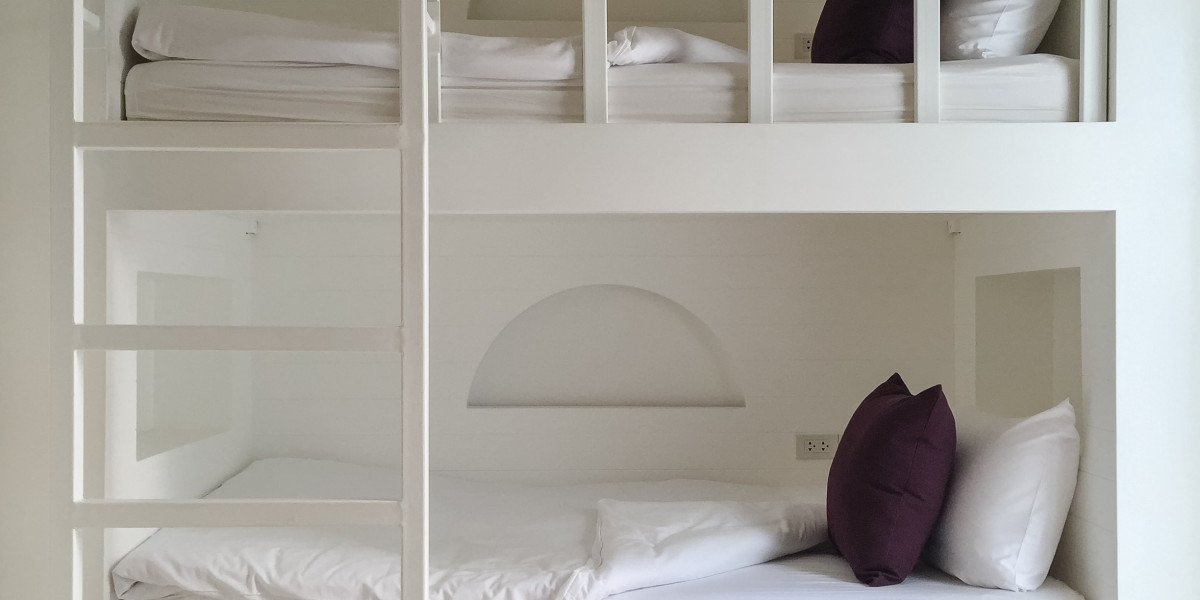In modern infrastructure—whether industrial, municipal, or commercial—pressure management is one of the most important aspects of pipeline design. And at the heart of this pressure control system lies the Pressure Reducing Valve (PRV).
So, why does every pipeline need a pressure reducing valve? The answer lies in safety, performance, longevity, and efficiency.
? What Is a Pressure Reducing Valve?
A Pressure Reducing Valve (PRV) is an automatic control valve designed to maintain a lower, steady outlet pressure, regardless of fluctuating or high inlet pressure. It’s a self-regulating component that plays a critical role in protecting the pipeline and the equipment downstream.
?️ 1. Protects Pipelines and Equipment
Pipelines are only designed to handle specific pressure ranges. If pressure exceeds these limits:
Pipes can crack or burst
Valves may leak
Pumps and other equipment can fail prematurely
A PRV acts like a shield. It ensures the pressure stays within the safe working limit, extending the life of all connected components.
? 2. Improves Flow Control and System Efficiency
Uncontrolled pressure can lead to irregular flow rates. This not only affects operations but wastes water and energy.
PRVs ensure:
Consistent pressure
Stable flow rate
Improved process accuracy
For industries where flow precision is crucial—such as food processing, chemicals, and pharmaceuticals—a PRV is not just useful; it’s essential.
⚠️ 3. Reduces the Risk of Accidents
High pressure in a closed system can be dangerous. It may result in:
Pipe bursts
Equipment explosions
Dangerous leakages
Installing a PRV helps maintain a safer environment for operators and ensures the compliance of safety regulations in industrial environments.
? 4. Saves Water and Energy
PRVs reduce excessive flow, meaning:
Less water is wasted
Pumps don't work as hard
Less energy is consumed
Whether it’s a municipal water supply or industrial cooling system, pressure regulation saves money and supports sustainability goals.
? 5. Ensures Compatibility with Downstream Systems
Not all equipment or components in a pipeline are built to withstand high pressure. PRVs make sure that downstream instruments like:
Meters
Filters
Appliances
...receive only the pressure they’re designed for. This avoids damage, inaccurate readings, and system shutdowns.
? 6. Versatile Applications Across Industries
PRVs are used in:
Municipal Water Systems
Irrigation Lines
Oil and Gas Industries
HVAC Systems
Chemical Processing Units
Fire Protection Systems
Their wide compatibility makes them suitable for both low- and high-pressure systems, handling everything from water to steam and gas.
?? Reliable PRV Manufacturer in India
When sourcing PRVs, trust matters. That’s why resilientgatevalve, a leading valve manufacturer in India, is preferred across sectors. The company offers:
Resilient Seated Sluice Valve Manufacturer
Metal Seated Sluice Valve
Air Valves Single and Double
Non Return Valve
Pressure Reducing Valve solutions
With a strong focus on quality, engineering precision, and timely delivery, resilientgatevalve ensures that your pipeline system is protected and optimized for performance.
✅ Benefits of Choosing Pressure Reducing Valves:
| Benefit | Impact |
|---|---|
| Equipment Protection | Extends service life of valves, meters, etc. |
| Flow & Pressure Stability | Ensures smooth operation |
| Lower Maintenance Costs | Fewer breakdowns and repairs |
| Energy and Water Savings | Reduces operational costs |
| Safety Compliance | Meets industry regulations |
? Conclusion
A Pressure Reducing Valve isn’t just a component—it’s a necessary part of any safe, efficient, and long-lasting pipeline system. Whether you’re running an industrial plant, managing municipal infrastructure, or designing a commercial facility, a PRV offers peace of mind.
By investing in quality PRVs from trusted manufacturers like resilientgatevalve, you protect your system, save costs, and ensure reliable flow control for years to come.








